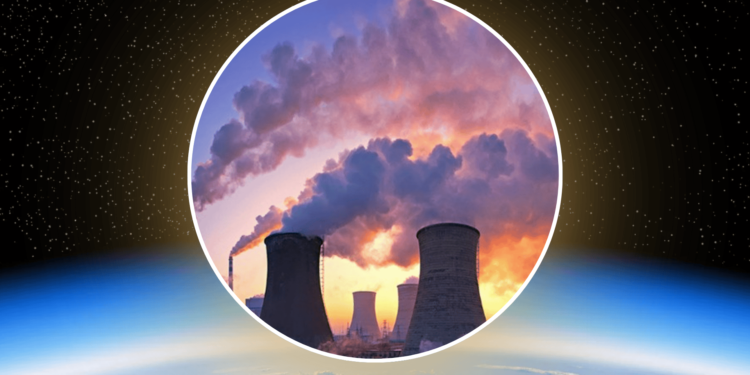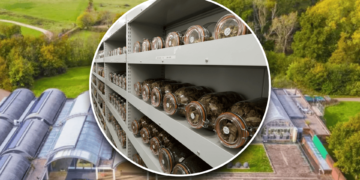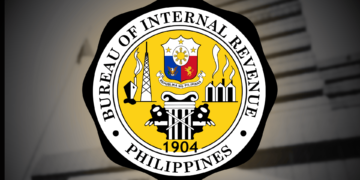For years, scientists called the ozone layer a success story. We banned the right chemicals, signed the right treaties, and gave the planet a fighting chance.
But new data shows that the same banned gases once blamed for tearing the sky open are creeping back — quietly, illegally, and dangerously.
The ozone layer, often described as Earth’s “sunscreen,” protects everything that breathes. It shields us from ultraviolet radiation that burns skin, blinds eyes, and kills crops. In the 1980s, it was falling apart fast.
Then came the Montreal Protocol, a rare global moment of unity that phased out ozone-destroying substances like CFCs. By the 2000s, it worked — the hole over Antarctica began to shrink, satellite images showed real healing, and scientists predicted full recovery by mid-century. For a while, it looked like humanity had done something right.
Now, that victory is cracking. Recent studies from the World Meteorological Organization, NASA, and Massachusetts Institute of Technology (MIT) confirm that the ozone layer’s comeback is slowing.
Fresh emissions of banned refrigerants — particularly CFC-11 — have been detected again, traced to illegal factories across East Asia. These chemicals drift upward, trap heat, and shred ozone molecules, reversing years of progress. Even newer “green” substitutes aren’t innocent; some are powerful greenhouse gases, quietly feeding another climate problem.
The ozone hole is still smaller than it was two decades ago, but it’s healing unevenly — recovering in one region while thinning in another. It’s a fragile win slipping toward relapse. We proved once that global action can fix the sky.
The question now is whether we’ve learned to keep it fixed — or if we’ll watch the same hole reopen above us, one illegal leak at a time.












